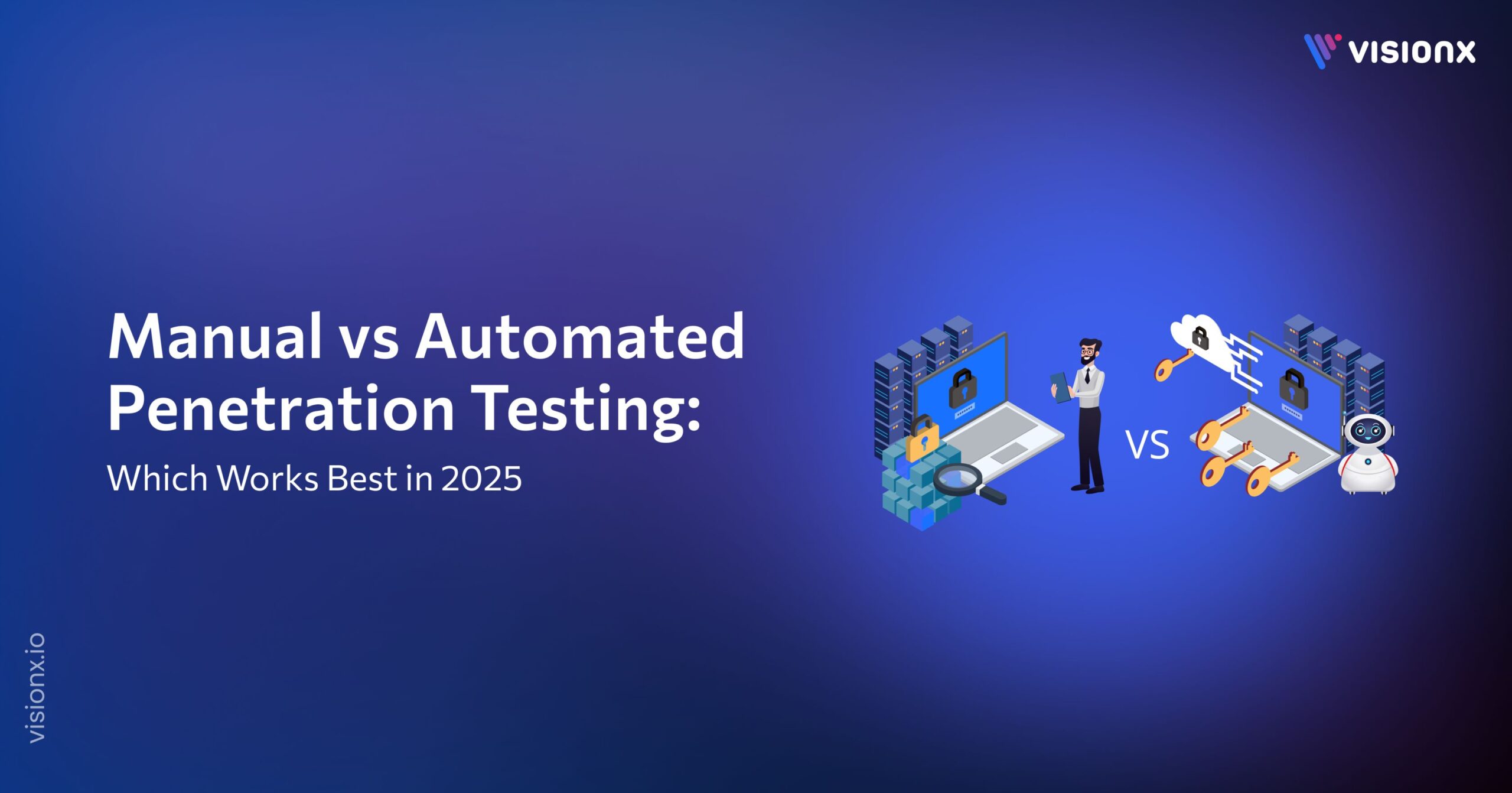In the fast-paced world of software development, if you’re not taking a moment to reflect on what went right and what went wrong, you are setting yourself up for trouble.
The agile software process has revolutionized how teams approach project management, enabling them to deliver high-quality products iteratively and collaboratively. At the heart of agile lies the concept of continuous improvement and one of the key practices that embody this principle is Retrospective Agile.
So read on, as in this article, we will reveal the benefits of retrospective agile and how you can empower your agile teams faster.
What is a Retrospective Agile?
A retrospective agile is a dedicated meeting held at the end of an agile sprint or iteration in an agile software process. It is a structured and collaborative session where the agile team reflects on their recent work and identifies opportunities for improvement.
Main Purpose of Retrospective Agile
During the retrospective, the team reviews the work completed in the sprint, analyzing the product and the process. They discuss what went well, what could have been improved, and any challenges or obstacles they encountered. The focus of retrospective agile is not only on identifying problems but also on acknowledging successes and achievements.
Retrospective Agile Vs. Scrum
Retrospective Agile and Scrum are distinct yet interdependent elements within the agile methodology. Scrum is a structured framework designed to manage complex projects, emphasizing iterative development, self-organizing teams, and regular delivery. Retrospective Agile, on the other hand, is a specific practice within Scrum where the team reflects on their work, identifies areas for improvement, and takes action for continuous enhancement.
While Scrum sets the overall framework for project management, the retrospective serves as a critical feedback mechanism, enabling the team to adapt and improve their processes, making Scrum more effective.
Benefits of Retrospective Agile
The benefits of conducting retrospective agile are remarkable, benefiting individual team members and the business. The retro meeting provides a platform for scrum team members to experience a sense of collaboration and belonging. By fostering an environment of open communication and shared responsibility, teams can maximize their potential and effectively run their agile processes.
Here are some key advantages that retrospectives bring to the table.
- Continuous Improvement: Retrospective agile provides a dedicated forum for scrum teams to reflect on their work and identify areas for improvement. By regularly reviewing their processes and practices, teams can implement changes that lead to continuous growth and increased efficiency.
- Team Empowerment: Retrospectives encourage open communication and collaboration among team members. Team members feel engaged and valued by actively participating in the retrospective, fostering a sense of belonging and empowerment.
- Enhanced Learning and Sharing: By discussing successes and challenges, team members can learn from each other’s experiences and gain valuable insights to apply in future projects.
- Problem Identification and Resolution: During meetings, teams promptly identify and address problems or bottlenecks. By openly discussing issues faced during the iteration, teams can brainstorm solutions and take appropriate actions to overcome obstacles.
- Increased Team Motivation: Retro provides an opportunity to celebrate successes and recognize individual and team achievements. This positive reinforcement boosts team morale, motivates team members, and enhances overall job satisfaction.
- Improved Transparency: Retros promote transparency by encouraging open and honest communication. Team members experience a sense of comfort in expressing their thoughts and concerns, which nurtures trust and strengthens relationships within the team.
- Customer Satisfaction: By continuously reviewing and improving processes, teams can deliver higher-quality products that better meet customer needs. It helps align team efforts with customer expectations, improving customer satisfaction and loyalty.
- Adaptation to Changing Circumstances: Agile retrospectives allow teams to adapt to changing circumstances and embrace new insights. By regularly evaluating their work, teams can adjust their approach and respond effectively to evolving project requirements or market conditions.
- Risk Mitigation: By reflecting on past experiences, teams can identify patterns and proactively address issues, reducing the likelihood of future problems or delays.
Retrospective Agile: The 7-step Process
With so many benefits, Retrospective Agile is undeniably awesome, right? However, simply going through the meetings won’t yield a productive result—their true worth lies in conducting them effectively and purposefully. Adhering to a well-structured format is crucial so teams can extract valuable insights and actionable points from retrospective meetings, enhancing productivity and continuous improvement.
The Process for a Retrospective Agile typically follows the following format:
1. Set the stage
To end a productive retrospective, you need to start right. Set the foundation first and Make sure to set up an inclusive environment. Let your team know that their voices are expected and appreciated. Creating an open dialogue environment where team members feel comfortable expressing their thoughts and ideas allows genuine collaboration and engagement.
2. Review the Sprint and Gather Data
At this step, take some time to reflect on your recent sprint and give a big round of applause for team accomplishments and dedication. Celebrate the successes and achievements as a team. At the same time, look honestly at areas where you can improve.
3. Generate Insights
Now after the smooth start, it’s time to unleash your creativity. Dive into effective brainstorming techniques to generate exciting insights and ideas for improvement. The team members’ unique perspectives and suggestions will make the discussions more vibrant and fruitful. Don’t think about right or wrong offers at this moment. The purpose here is to brainstorm and note insights.
4. Prioritize Issues
Put your detective hats on at this step and prioritize the issues or opportunities identified in a brainstorming session. Assess the impact and feasibility of ideas, and decide which ones deserve focused attention and energy.
5. Define Actionable Items
Ideas without actions are just wishes! That’s why the next step here is to transform ideas gathered into specific goals and actionable steps for future iterations. Remember the SMART rule for specific, measurable, achievable, relevant, and time-bound goals.
6. Assign Responsibilities
Each team member will be assigned responsibilities for the actionable items at this step. Ensure clear accountability by giving tasks and setting realistic timelines. With everyone on board, scrum teams can accomplish great things together.
7. Follow Up
Lastly, Establish a follow-up mechanism to track the progress of action items from this retrospective. Regular check-ins and updates will help you stay on track and make any necessary adjustments along the way. By staying committed and accountable, teams can ensure tangible improvements and continued success.
Best Practices for Effective Retrospectives
Effective retrospective sessions rely on the following best practices:
Use Time Boxing
Time Boxing can save you a lot of time. By arranging beforehand, teams can ensure everyone is prepared and ready to participate actively. This will give each member ample time to come equipped with thoughts, making the retro meeting even more productive and efficient. With everyone on board and time well-managed, agile teams can make the most of their valuable time together.
Encourage Active Participation
Create an environment where everyone can contribute openly. Encourage active participation and ensure all team members can share their thoughts, experiences, and ideas during the retrospective.
Ensure SMART Goals
When defining actionable items, it is crucial to ensure they are realistic and achievable. The team should be able to implement the actions within the given constraints, such as time, resources, and capacity. Unfeasible goals can lead to frustration and demotivation.
Track Previous Retrospectives
Retrospectives should not be standalone events. Tracking and following up on the action items identified in previous meetings is essential. This demonstrates the team’s commitment to continuous improvement and accountability for the agreed-upon actions.
What are the best Retrospective Techniques?
So you are ready to head to a retro meeting for your agile team but unsure of the best technique to begin? There are various techniques, depending on what works best for your team. Here are four popular techniques:
1. Start, Stop, Continue
In this setting, the team focuses on three key areas:
- What practices or behaviors should they start doing
- What should they stop doing
- What should they continue doing to improve their work processes
2. Sailboat
In this format, the team visualizes their journey as a sailboat. They identify
- The wind (things that propel them forward, such as successful practices)
- The Anchors (things that hold them back, such as obstacles)
- The Islands (desired future goals or improvements)
This metaphor helps the team analyze their progress and plan for future improvements.
3. Mad, Sad, Glad
This format focuses on team members’ emotions and experiences. Each team member shares
- What made them mad (frustrated or upset) during the sprint
- What made them sad (disappointed or concerned)
- What made them glad (positive or successful moments)
This helps uncover issues and successes while acknowledging individual feelings.
4. Liked, Learned, Lacked, Longed For (4Ls)
This format encourages the team to reflect on four aspects of their work. They discuss
- What they liked about the previous sprint
- What they learned from it
- What they lacked in terms of resources or support
- What they longed for to make their work more successful
How Long is Agile Sprint Retrospective?
Retrospective Agile is a crucial practice that should ideally be conducted at the end of every week or two, specifically after each sprint. This ensures that no phase goes without reflection. For a one-week sprint, allocating 30 mins to 1 hour is generally sufficient.
However, it’s important to be flexible and adjust the length based on factors like team size, required discussion, and the number of items to review. Remember, it’s not just about the time but ensuring that every team member has the opportunity to collaborate and have their voice heard in the retrospective process.
Who Runs the Retrospective Agile?
The retrospective agile is typically run by the Scrum Master, who facilitates the meeting and ensures its effectiveness. They guide the retrospective process, encourage open communication, and facilitate discussions to identify areas for improvement. However, in some cases, the team may rotate the facilitation role among team members to promote shared ownership and the development of facilitation skills. Ultimately, the goal is to have a retrospective led by someone who can effectively guide the team toward valuable insights and actionable outcomes.
What Should You Avoid in a Retrospective?
If you want to make your retro meetings effective and harness their full benefits, steer clear of these four things:
1. Playing a Blame Game
The retrospective is not about assigning blame or pointing fingers. It’s about identifying problems and finding solutions. If team members feel like they are being blamed, they will be less likely to participate in the meeting and share their honest feedback.
2. Bogging Down in Details
The goal of the retrospective is to identify problems and find solutions. Because they are typically done at the end of every week, You don’t need to spend too much time discussing the details of specific problems. Instead, focus on finding solutions that will help the team improve overall in a lighter way.
3. Overlooking Victories
The retrospective is also a time to celebrate successes. Take some time to discuss what went well during the sprint and what the team learned. This will help to keep the team motivated and focused on continuous improvement. Be creative and make it a fun, engaging activity for your team.
4. Group Thinking
Groupthink can hinder the effectiveness of retrospectives, so it’s important to be mindful of its presence. Groupthink is a situation where the desire for consensus and harmony overrides independent viewpoints within a meeting. To avoid this, encourage individual reflection before sharing ideas, and use anonymous feedback methods; by doing so can promote a culture of diverse perspectives and meaningful discussions that lead to valuable insights and improvements.
Conclusion
In conclusion, embracing the practice of agile retrospectives brings a multitude of benefits to teams and organizations. By taking the time to reflect, celebrate successes, and identify areas for improvement, groups can foster a culture of continuous learning and growth. The structured format of retrospectives ensures that every team member has a voice and actively contributes to the collective wisdom of the group. So, if you want to maximize the value of your agile efforts and unlock the full potential of your team, make retrospective agile an integral part of your practice. Embrace the power of reflection, and watch your team soar to new heights of success.


